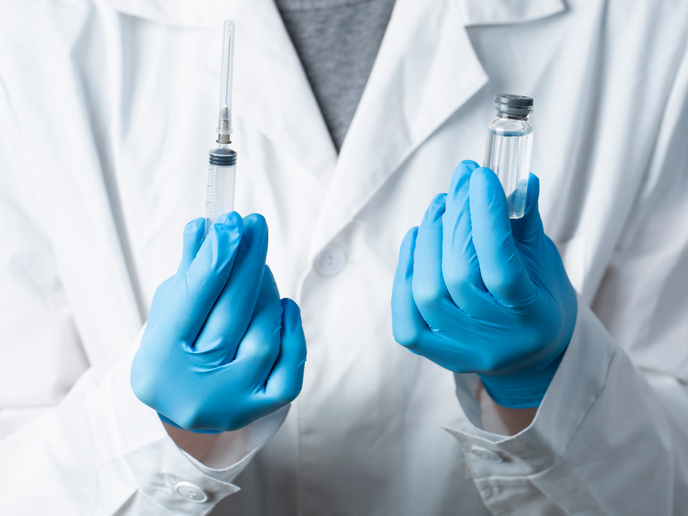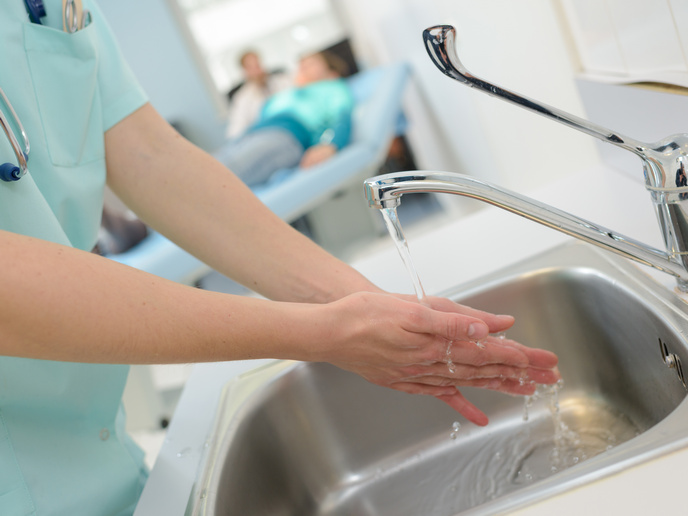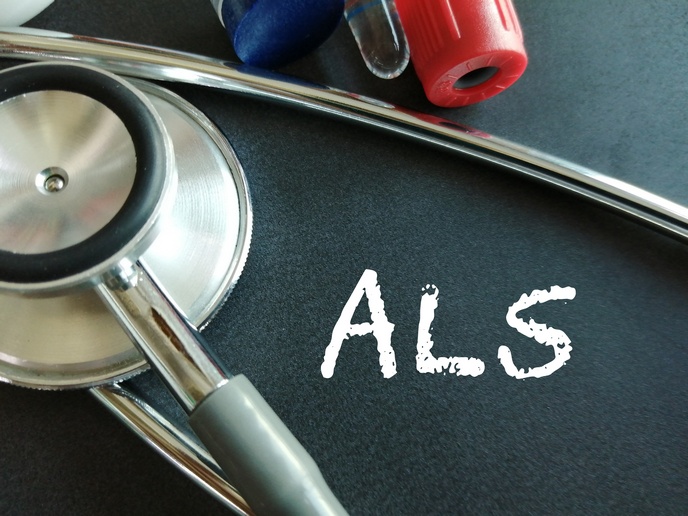Safer milk through innovative detection methods
As one of the most consumed foods in the world, the testing of raw milk is an essential element of consumer safety. Contaminants in milk can include bacteria and antibiotics, as well as other chemicals such as pesticides. As a result, the dairy industry spends significant resources on quality control. “The early detection of risk factors is very important to reducing foodborne disease outbreaks,” says SAFEMILK(opens in new window) deputy project coordinator Zsofia Keresztes from the HUN-REN(opens in new window) Research Centre for Natural Sciences in Hungary. “With the development of global food supply chains, it is very important to have traceability and transparency. This is a critical contribution to public health.”
Staff exchanges and cutting-edge facilities
To address this need, the EU-funded SAFEMILK project, coordinated by POWERTEC(opens in new window) in Slovakia, set out to develop novel biosensing technologies for efficiently and cost effectively evaluating milk safety. Solutions focused on the rapid and sensitive detection of bacterial pathogens and antibiotics that could occur in milk and represent a potential hazard for health. The project, which was supported by the Marie Skłodowska-Curie Actions(opens in new window) programme, brought together eight academic and research institutions, two SMEs and one governmental agency. The training of early-stage researchers formed an essential element of SAFEMILK, with staff exchanges between participating institutions carried out. “We had supporting laboratories from Canada and the U.S.” says Keresztes. “This gave our PhD candidates the opportunity to work at different institutions, and to have access to other facilities. A key aim of all this was to provide early-stage researchers with interdisciplinary experiences. The interdisciplinary dimension was also important for participants with extensive research backgrounds, offering fresh insights and fostering innovation.”
Rapid detection of bacterial pathogens
Researchers investigated acoustic, as well as electrochemical and optical methods for achieving effective milk safety assessments. Nanofabricated(opens in new window) surfaces were used to create highly sensitive sensors, capable of detecting specific foodborne pathogens and antibiotics. Engineered DNA aptamers – single-stranded DNA molecules that specifically bind to target molecules - were also developed and tested. Early-stage researchers had the opportunity to be trained in the chemical modification and molecular engineering of aptamers. “We identified the use of aptamers as a good way of economically producing accurate sensors,” says Keresztes. “These are chemically synthesised and can be produced in large quantities.”
Patenting, knowledge transfer and sensor technology
The key outcome of all this work has been the development of an optimised, complex assay for the efficient assessment of milk. The hope now is that various elements of the assay will now be further developed, with the aim of eventually being commercialised by the project’s industrial participants. The project was also very much forward looking. An important focus of the project was on the transfer of technology, to ensure that the innovations pioneered in SAFEMILK will be further refined and find their way to end users. A number of training schools(opens in new window) and workshops were also organised during the project, with the aim of equipping the next generation of researchers with the skills and knowledge to continue strengthening milk safety. Topics included the application of electrochemical, optical and acoustic techniques for detection, as well as patenting, knowledge transfer and sensor technology. “This project provided a comprehensive view of biosensor applications in the dairy industry and demonstrated that we can optimise these tools for the food environment,” says Keresztes.







